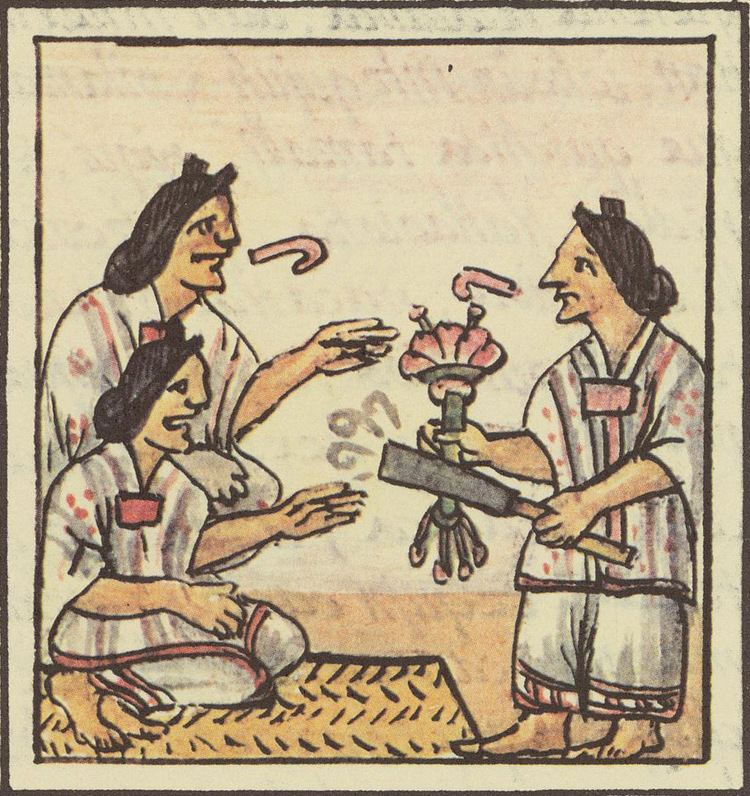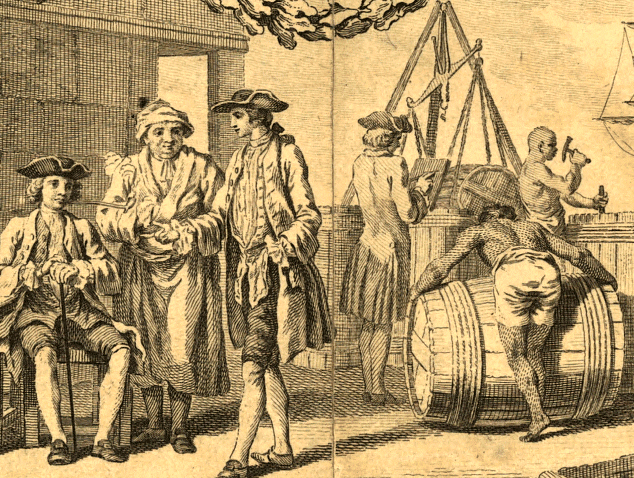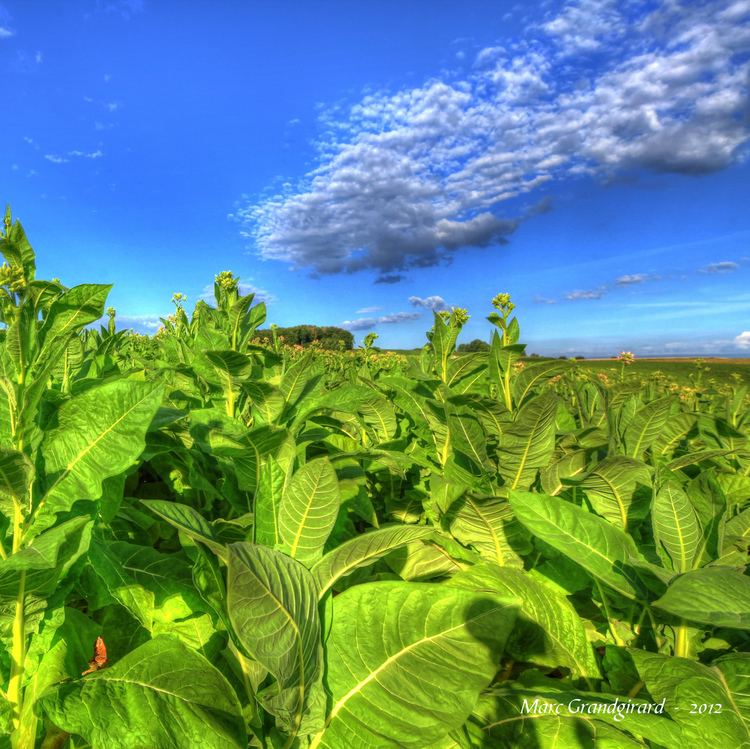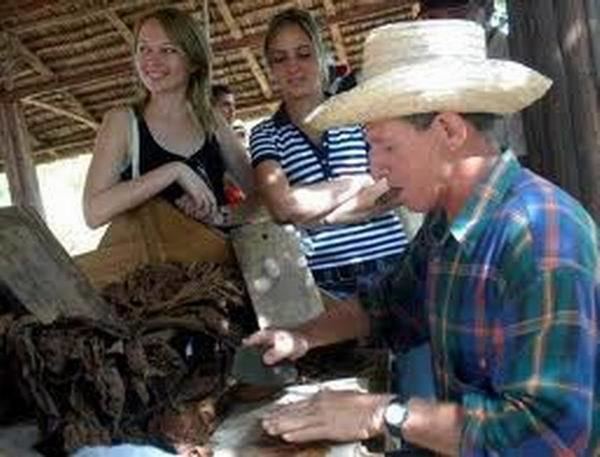Country University Bicol University Tabaco Campus Area 117.14 km2 | Region Bicol District 1st district Mayor Marie Demetriou | |
Tabaco, officially the City of Tabaco or simply Tabaco City, is a city in the province of Albay in the Philippines. It is one of the three component cities of the province, along with Legazpi City and Ligao City. The mainland part of the city is bordered by the town of Malinao to the north, the towns of Polangui and Oas to the west, Ligao City to the southwest, Malilipot town to the southeast, and Lagonoy Gulf to the east. The symmetric Mayon Volcano, the most active volcano in the Philippines, lies south of the city. Tabaco is one of the eight towns and cities that share jurisdiction on the volcano, dividing the peak like slices of a pie when viewed from above.
Contents
Map of Tabaco
The island of San Miguel, the westernmost of the four main islands in the Lagonoy Gulf, falls under the jurisdiction of Tabaco. Five of the barangays of the city are located on the island for a total of 47 barangays composing the city. According to the 2007 census, Tabaco is a 4th class city in terms of income classification. The total population as of May 2010 is 125,083.
History

According to the Estado Geografico Estadistico Historico written in 1805 by Father De Huerta, the recorded history of the city began in 1587 through the missionary work of the first Franciscan Fathers. In 1616, Fr. Pedro De Alcareso became the first permanent parish priest and established a church dedicated to St. John the Baptist, the patron saint of the city.

The first inhabitants settled along the seashore and engaged in fishing and crude farming. Due to the continuous attacks by the Moro raiders, the natives migrated to San Vicente and San Carlos, and started the foundation of the first poblacion in 1703, while the fishermen of the town transferred to the shores of the bay of what is now known as Barangay Cormidal. Under the administration of the first town executive, a church was built in Cormidal in 1731. Records on the elected capitan municipal (town mayor) started only in 1731 with Martin Aguirre listed as the first mayor of Tabaco.
In 1811, a terrible typhoon called Baguiong Oguis or White Typhoon brought havoc to the town. This was followed in 1814 by the most destructive eruption of the Mayon Volcano, which showered the areas with ashes and stone. These two events rendered many residents homeless and left the fields unproductive for many years after. It took a full decade for the people to recover, at which time they built a cemetery and laid the foundation of the present church which was completed in a period of 17 years.
Geography
The City of Tabaco is located on the eastern coast of Albay province with an area of 117.14 km2 (45.23 sq mi). The terrain in the poblacion or town center of Tabaco, is generally flat with the highest elevation at around 5 m (16 ft). The northwestern portion reaches 400 m (1,300 ft) above sea level. The citys southwest boundary reaches all the way to the top of Mayon at an elevation of 2,462 m (8,077 ft).

San Miguel Island is almost entirely surrounded by groups of small hills with the highest elevation at about 35 m (115 ft) above sea level.
Attractions
The Church of San Juan Bautista in San Juan, Tabaco City, is one of the most impressive religious structures in the province of Albay. The construction of the present church started in 1750. It was designated as National Historical Landmark by PD. 260 on August 1, 1973.
Beaches and resorts:
Historical:
Educational:
Institutions:
Economy
Its economy is still heavily dependent on agriculture. Major crops include rice, corn, cacao, pili, root crops, vegetables, coconuts and abaca. Poultry and livestock raising as well as aquaculture and fishing are very much alive.
Events/Festival

